Ancient fish fossils highlight the strangeness of our vertebrate ancestors
Nearly 440-million-year-old finds from China are of some of the first vertebrates with jaws
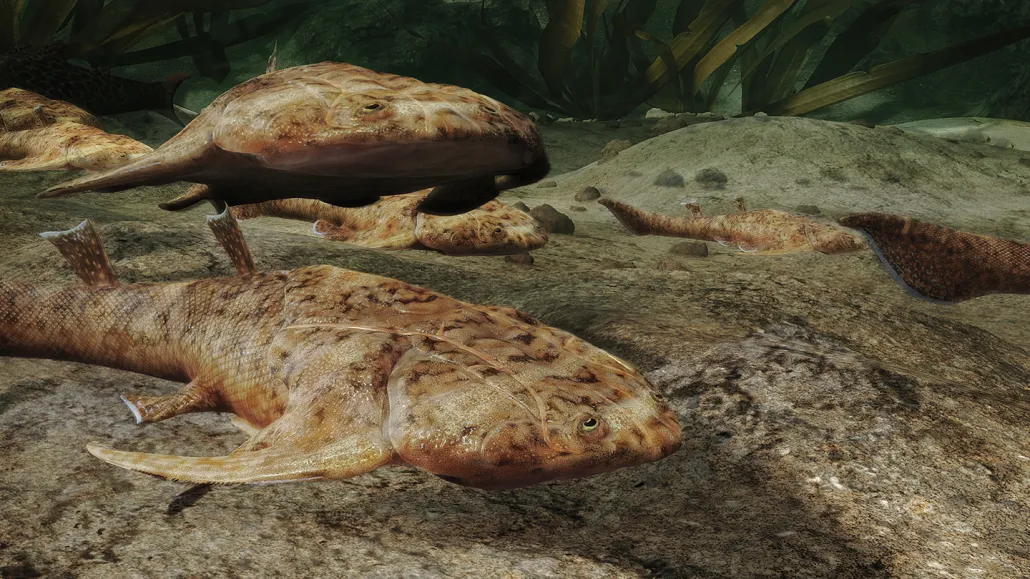
Specimens of this armored, jawed fish named Xiushanosteus mirabilis (shown in an artist’s rendition) dominate a new trove of fossils found in southern China that dates to the dawn of jawed vertebrates.
Heming Zhang
- More than 2 years ago
My, what small teeth they had.
A newfound treasure trove of ancient fish fossils unearthed in southern China is opening a window into the earliest history of jawed vertebrates — a group that encompasses 99 percent of all living vertebrates on Earth, including humans. The fossil site, dated from 439 million to 436 million years ago, includes a revealing variety of never-before-seen small, toothy, bony fish species.
The diversity of the fossils at this one site not only fills a glaring gap in the fossil record, but also highlights the strangeness that such a gap exists, researchers report in the Sept. 29 Nature.
“These discoveries confirm what we’ve been arguing for” for years, based on smaller bits of fossils, says Michael Coates, a paleobiologist at the University of Chicago who was not involved in the research.
Genetic analyses had previously pointed to this time period, known as the early Silurian Period, as an era of rapid diversification of jawed vertebrates. But the toothy fishes seemed to have left few traces in the fossil record. Instead, as far as the fossil record was concerned, jawless fishes appeared to rule the waves at the time. And what jawed fishes have been preserved were rarely bony; most have been chondrichthyans, ancient cartilaginous ancestors of modern sharks and rays.
The Chongqing Lagerstätte — paleontologists’ word for a rich assemblage of diverse species all preserved together at one site — “fundamentally changes that picture,” write paleontologist You-an Zhu of the Chinese Academy of Sciences in Beijing and colleagues in the study. The site is teeming with toothy, bony fishes, particularly armored placoderms, but bears just one chondrichthyan.
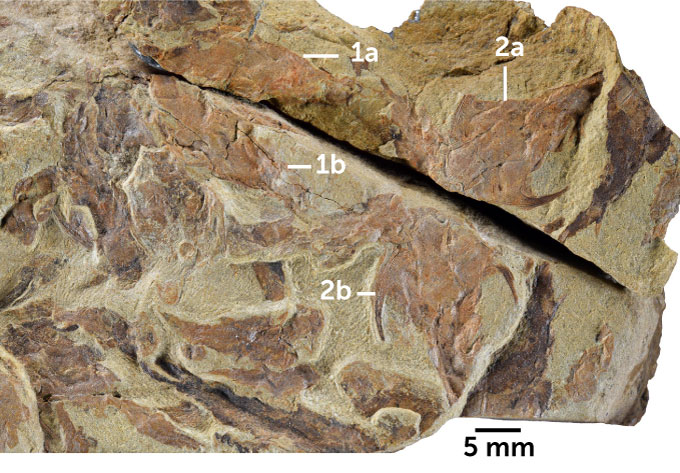
The first creatures to develop a backbone were fish, and they did it around 480 million years ago (SN: 10/25/18). Genetic analyses have suggested that by about 450 million years ago, those fish also developed jaws, the better to chomp each other with. But the earliest complete fossils of such jawed fish appear relatively late in the fossil record, about 425 million years ago. By the Devonian Period, which spanned from 419 million to 359 million years ago, jawed fishes were a global phenomenon, earning that era the nickname “Age of Fishes” (SN: 7/17/18).
The discovery also hints that the ancestor of both types of jawed fishes, bony and
cartilaginous, could have arisen earlier than thought, Coates says. It’s possible that the last common ancestor of modern jawed vertebrates appeared during the Great Ordovician Biodiversification Event, which began around 471 million years ago (SN: 1/24/17). To date, scientists have found only three varieties of fish body fossils dating to that time period, all jawless, finless and “vaguely resembling a super-sized armor-plated tadpole,” Coates
adds.
Here’s a closer look at a few of the newly discovered fishy denizens of the Chongqing Lagerstätte.
Little but fierce
About 20 separate specimens of a little fish that the researchers have called Xiushanosteus mirabilis were found at the Chongqing site. Those finds make the animal the most abundant type of fish in that fossil assemblage.
X. mirabilis was only about 30 millimeters long, about the length of a paper clip, but it bears a strong resemblance to larger armored placoderms to come in the future: It had a broad, bony head shield and a body covered in small, diamond-shaped scales.
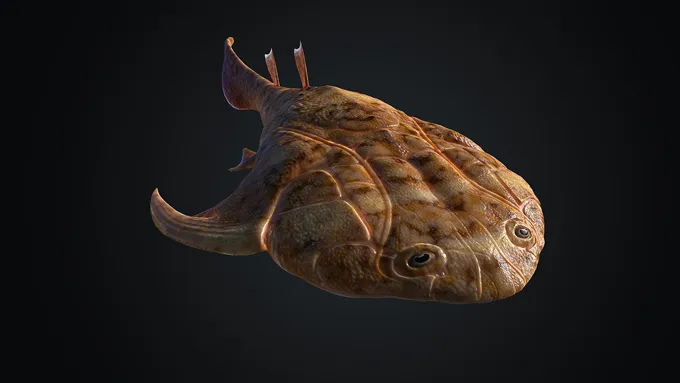
The surprising abundance of this type of fish at a site from the early Silurian Period might just be due to lucky fossilization conditions — the small, delicate bones of X. mirabilis and the other jawed fishes found at Chongqing would be harder to preserve than the larger jawless specimens of the time, or the more robust toothy bony fishes of the later Devonian Period. But another possibility is that this site is an outlier in its time that just happened to be popular with the placoderms.
A heavily armored, diminutive shark
Two types of jawed fish arose around 450 million years ago — and both make an appearance at the Chongqing site. The new site is remarkable for its diversity of osteichthyans, bony jawed fishes like X. mirabilis. But cartilaginous Shenacanthus vermiformis also spent some time in this environment.
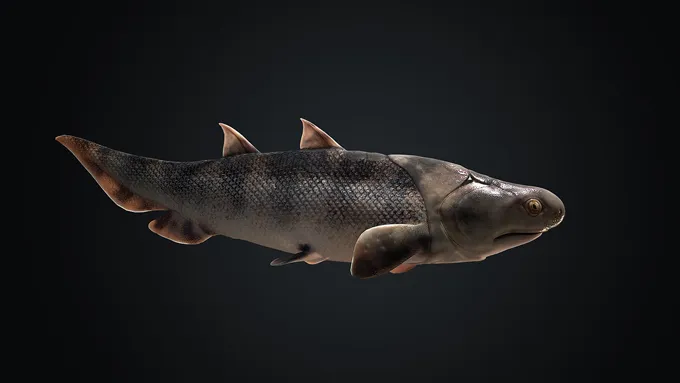
S. vermiformis is represented by only a single specimen at Chongqing, but like X. mirabilis, it is excellently preserved from head to tail. It was diminutive too, just 22 millimeters long. Though it had a similar body plan to other chondrichthyans, it did differ in one key way: Like X. mirabilis, S. vermiformis was heavily armored, with extensive plates on its underside and back.
A time of transition
The Chinese site isn’t just shedding light on ancient jawed fish — it offers a window into the evolutionary transition of body features from jawless to jawed species. One newly discovered jawless creature, dubbed Tujiaaspis vividus, turns out to be closely related to a group of jawed fishes called galeaspids, researchers report in a separate paper in the same issue of Nature.
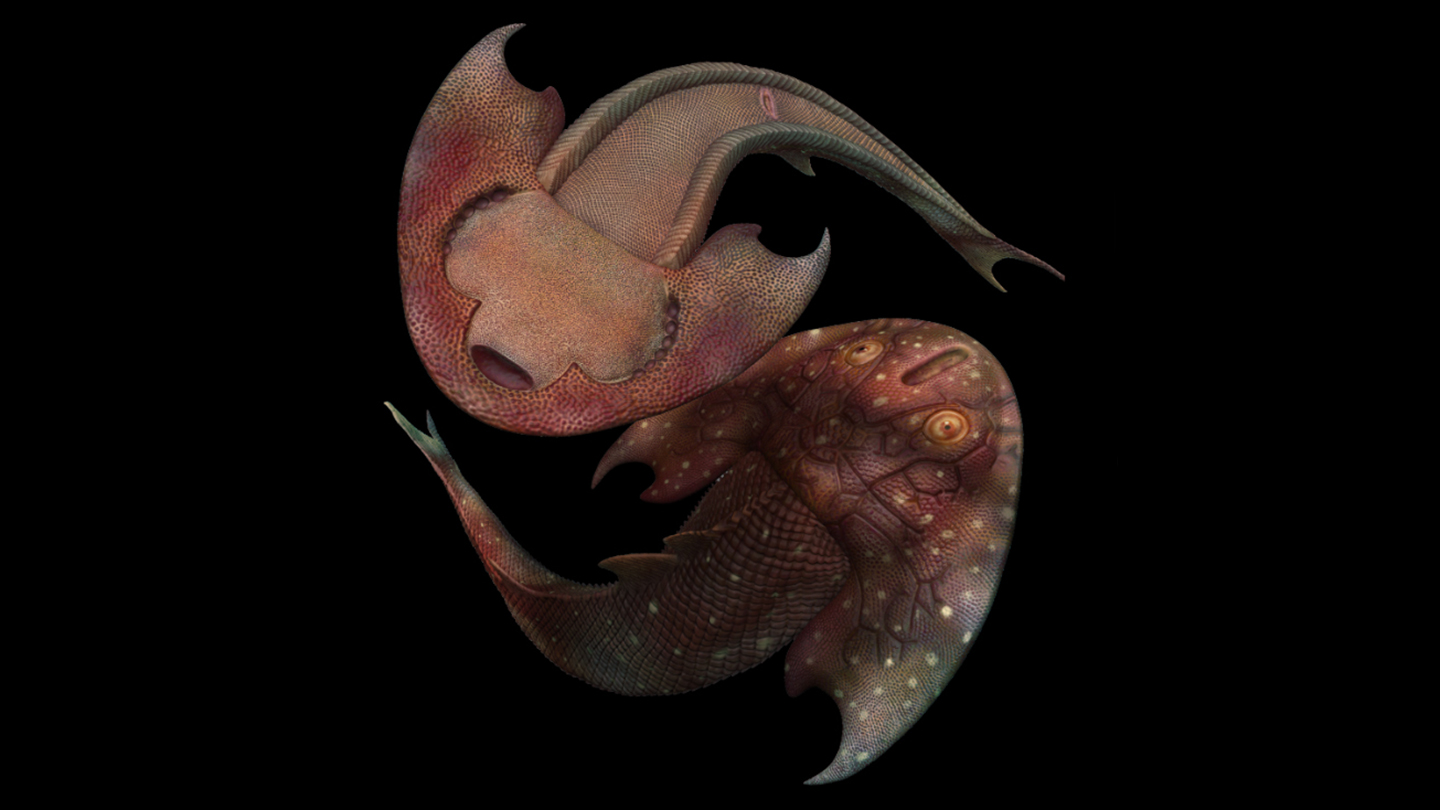
The well-preserved fossils of T. vividus open up new opportunities to learn how its jawed relatives acquired their arrangements of fins, a transition for which there has been little previous evidence, writes Matt Friedman, a paleontologist at the University of Michigan in Ann Arbor, in a commentary in the same issue of Nature. That’s because galeaspids have distinctive head shields, but scientists haven’t previously been able to peer beneath these fossilized shields to study the hidden anatomy.
Thanks to these close relatives, the researchers pieced together how paired fins in the jawless fish evolved in stages to become separate pectoral and pelvic fins in their jawed cousins. Such fins are the precursors of arms and legs in later tetrapods (SN: 5/30/18).







